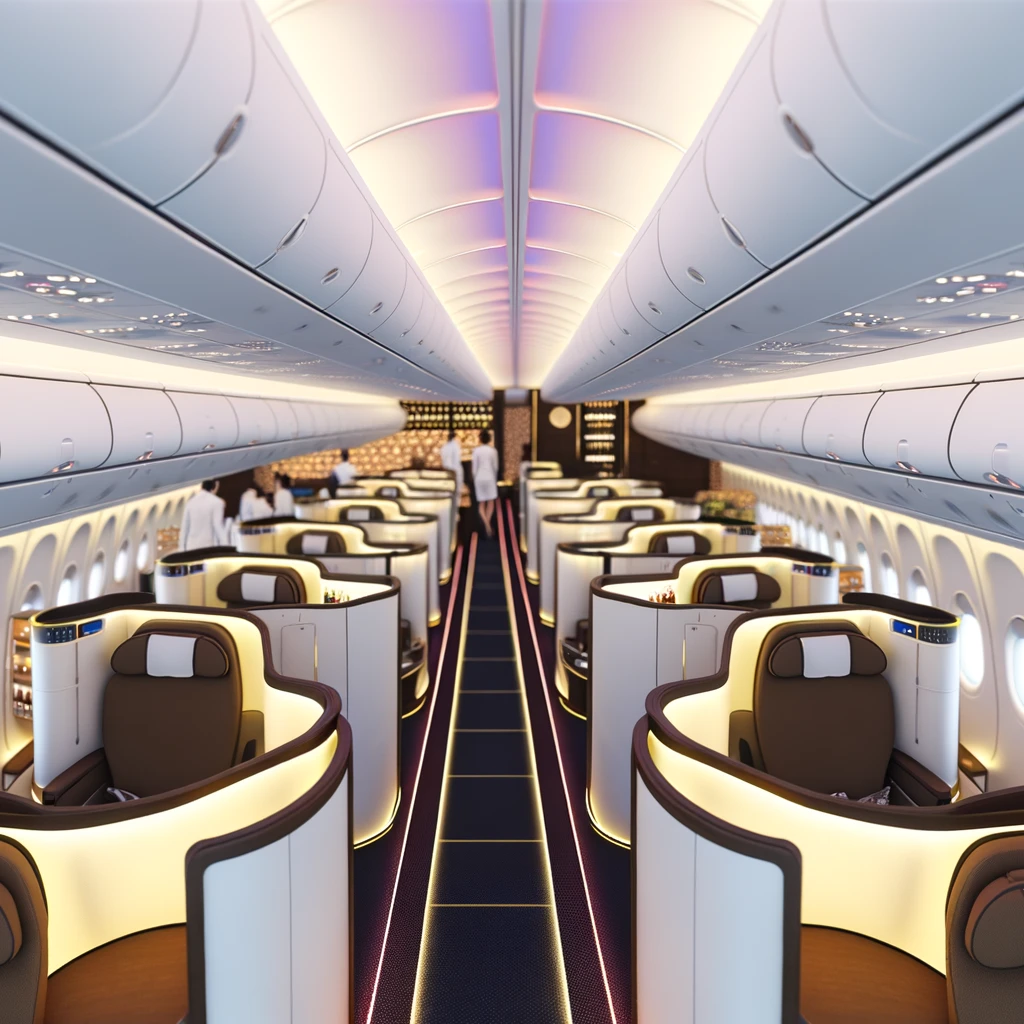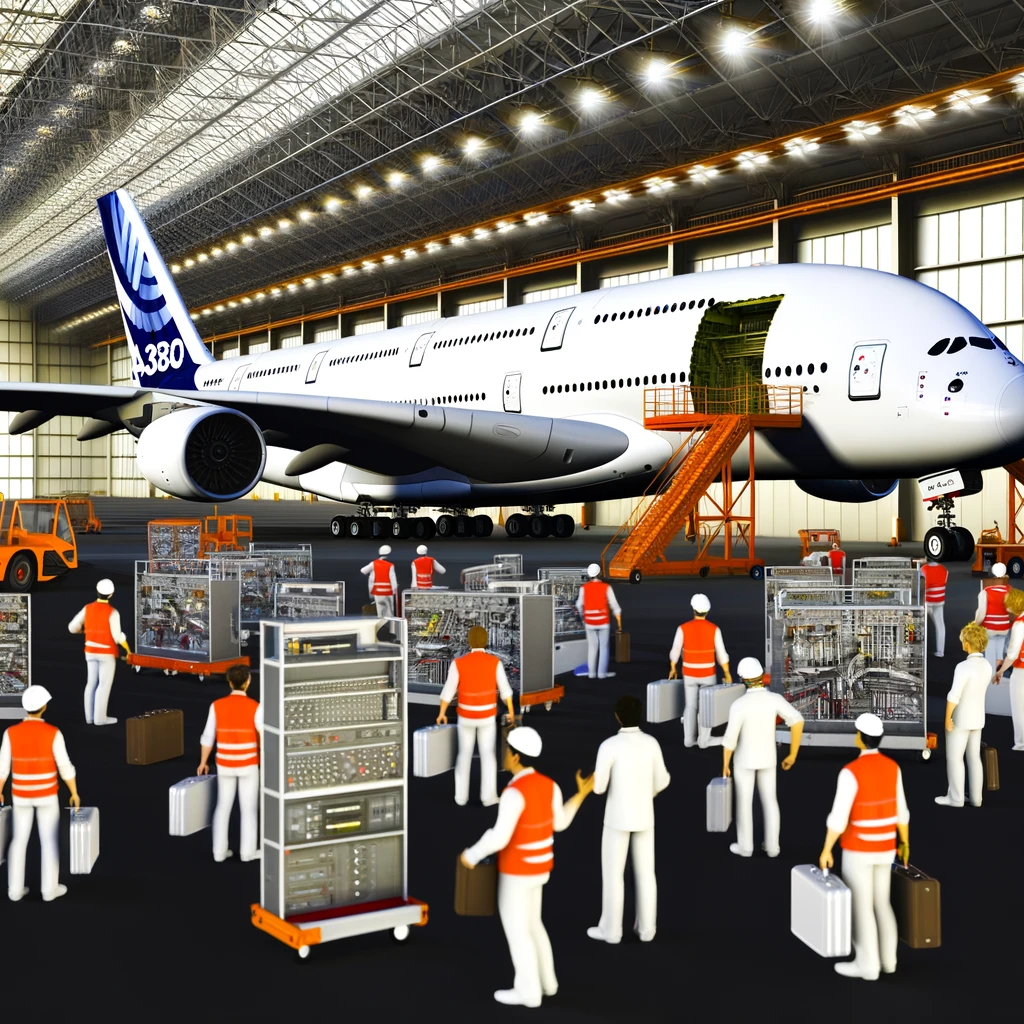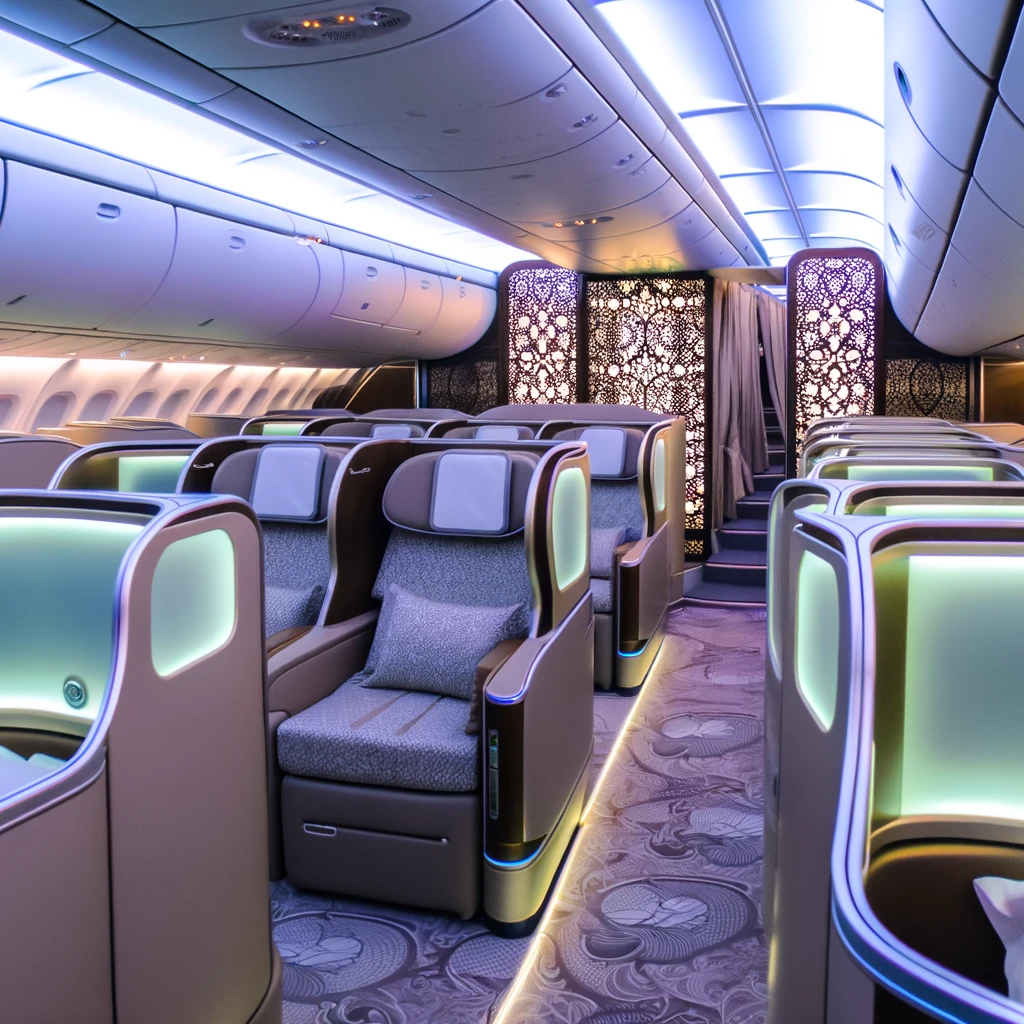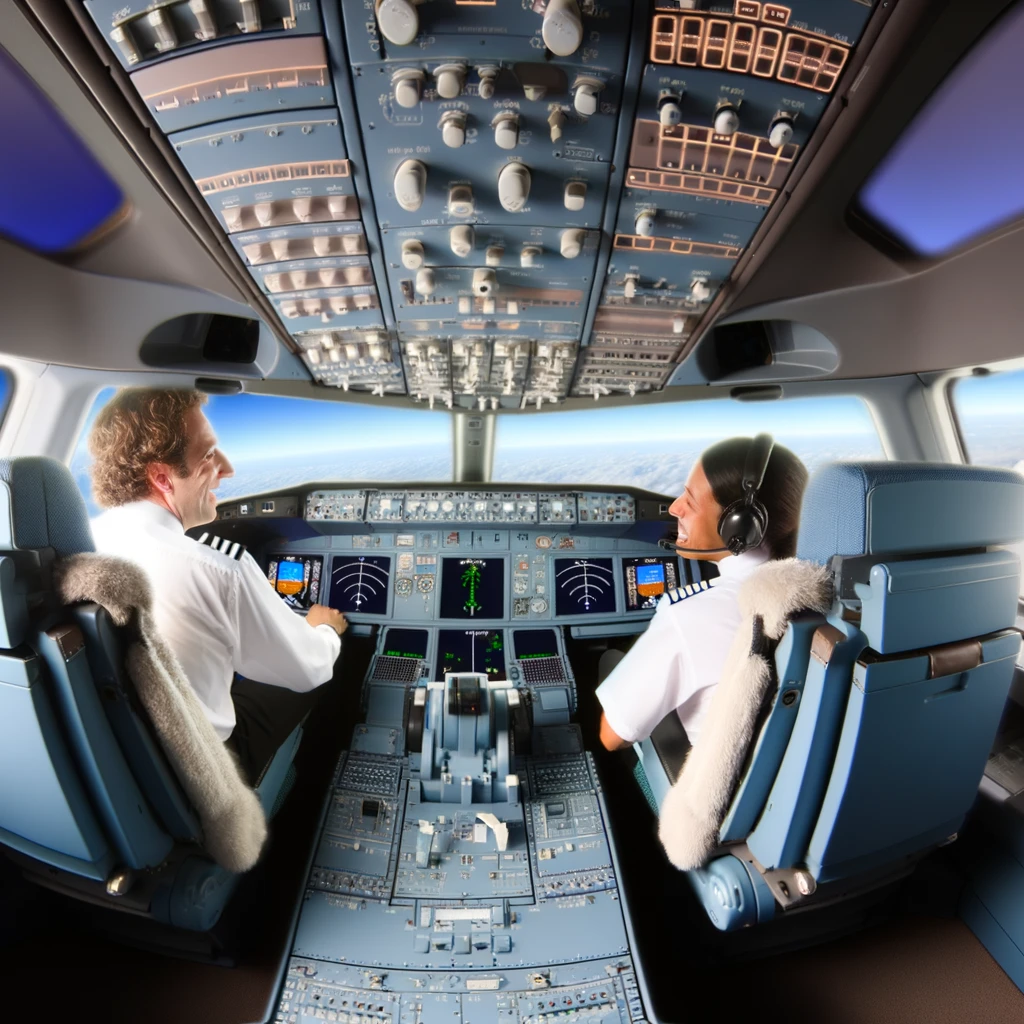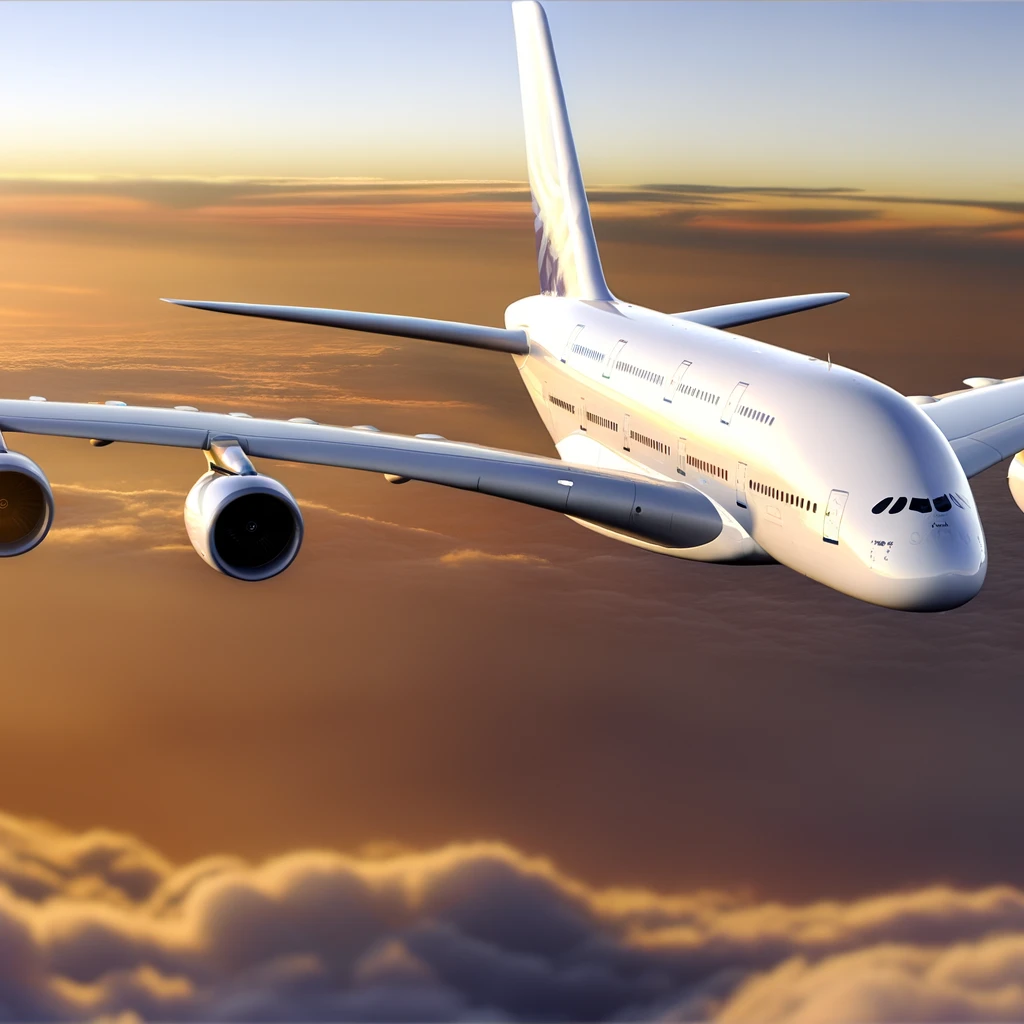
Economic Giant: How the Airbus A380 Transformed Airline Fleets
The Airbus A380, first introduced in 2007, marked a significant milestone in the aviation industry. Known for its impressive size and capacity, the A380 quickly became a symbol of modern air travel. This article explores how the A380 transformed airline operations and redefined passenger experiences across the globe.
The Inception of a Giant
The aviation world was abuzz when Airbus announced its plans to build the largest passenger aircraft ever. The A380 was designed to carry more than 500 passengers, significantly more than its competitors. This move was in response to growing demand for air travel and the need for airlines to maximize passenger capacity on popular routes.
Design and Engineering
The engineering marvel that is the A380 involved innovative design and cutting-edge technology. Its double-deck layout, advanced materials, and state-of-the-art aerodynamics set new standards in aviation. The aircraft's wingspan of 79.8 meters required airports to upgrade their facilities to accommodate its size.
Impact on Airline Fleets
The introduction of the A380 had a profound impact on airline fleets worldwide. Many major airlines, including Emirates, Singapore Airlines, and Qantas, added the A380 to their fleets, capitalizing on its ability to reduce the cost per passenger and increase profitability on high-demand routes.
Operational Efficiency
The A380's capacity allowed airlines to consolidate multiple flights into a single journey, reducing fuel costs and optimizing crew utilization. This efficiency was particularly beneficial on long-haul flights, where operating costs are substantial.
Passenger Experience
Beyond operational benefits, the A380 transformed the passenger experience. Its spacious cabins allowed for innovative amenities, including onboard lounges, private suites, and enhanced in-flight entertainment systems. These features elevated passenger comfort and made long-haul flights more enjoyable.
Environmental Considerations
Despite its size, the A380 was designed with environmental considerations in mind. It delivered a 20% reduction in fuel burn per seat compared to its predecessors, aligning with global efforts to reduce aviation's carbon footprint.
The Future of the A380
While the A380 set new benchmarks, its future faced challenges. The demand for smaller, more fuel-efficient aircraft grew, leading to a decline in A380 orders. In 2019, Airbus announced it would cease production of the A380 by 2021. However, the aircraft's legacy as an economic giant in aviation history remains unquestionable.
Legacy and Lessons
The A380's introduction taught the industry valuable lessons in scale, efficiency, and passenger service. Its impact continues to influence modern aircraft design and airline strategies.
In conclusion, the Airbus A380 transformed airline fleets by pushing the boundaries of aviation capabilities. It redefined air travel economics, passenger comfort, and operational strategy, leaving an indelible mark on the industry.
Related Articles
